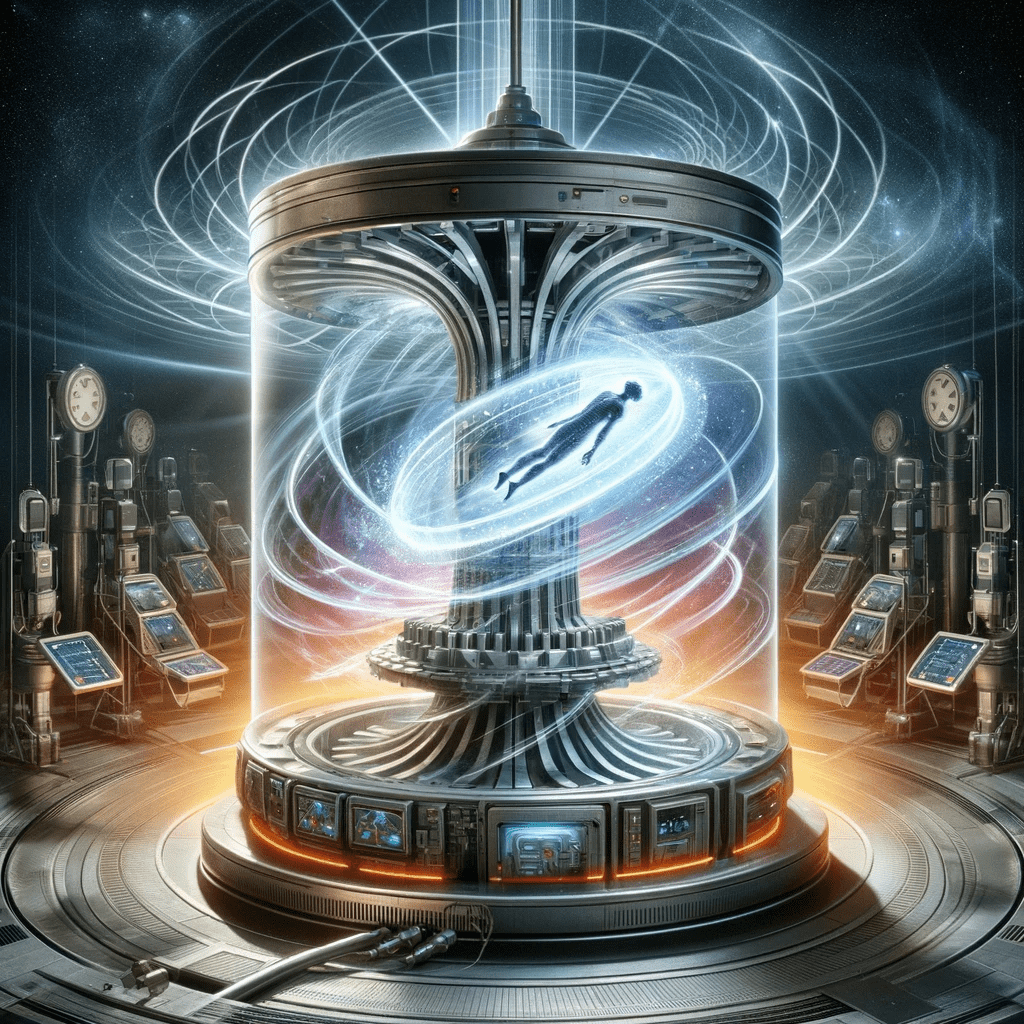Human Centrifuges

The enigmatic human brain is the nucleus of a wide spectrum of unique experiences and abilities, among which out-of-body experiences (OBEs) present a particular interest. Pioneering investigations are exploring the intersection of physical triggers and these psychological phenomena, with one such area being the use of human centrifuges. These massive devices, usually associated with astronaut training and aeromedical research, are large rotating machines that use centrifugal force to simulate gravity and high-speed motion. Lately, they have been at the heart of intriguing studies aimed at inducing OBEs, offering an unprecedented view into our perception of reality and the mechanics of consciousness.
Centrifuge-triggered OBEs, as far as the current understanding goes, seem to hinge on the interaction between our visual and vestibular systems. The vestibular system in the inner ear plays a key role in maintaining balance and orienting us in space. When one is subjected to a high-G force environment inside a centrifuge, the immense strain induces drastic changes in vestibular signals, potentially causing a dissonance with visual inputs. As the brain attempts to resolve this mismatch, an out-of-body experience may be induced, leading the individual to perceive themselves outside their physical body.
Dr. Olaf Blanke, a renowned neurologist from the Swiss Federal Institute of Technology in Lausanne, has been at the forefront of this research. Dr. Blanke and his team have extensively studied the neural basis of self-consciousness and OBEs, suggesting a strong link between bodily self-consciousness and the integration of multisensory signals in the brain’s temporo-parietal junction (TPJ). It’s in this intersection of the physical and perceptual that the human centrifuge comes into play.
In Blanke’s studies, participants’ self-perception is manipulated by exposing them to synchronous or asynchronous touches while in the centrifuge. Blanke found that the synchrony between seen and felt touch modulates self-location and first-person perspective, and extreme conditions, like those in the centrifuge, can disrupt this synchrony leading to OBEs (Blanke, et al., 2002, “Stimulating Illusory Own-Body Perceptions,” Nature).
Dr. Thomas Metzinger, a philosopher of mind and cognitive science at the Johannes Gutenberg University of Mainz, has written extensively about out-of-body experiences and their implications in understanding consciousness. His book, “The Ego Tunnel: The Science of the Mind and the Myth of the Self,” provides a comprehensive account of the current understanding of self-consciousness, the Ego, and their disruptions, including OBEs. Metzinger asserts that OBEs are not just hallucinations but can be triggered under certain conditions, further reinforcing the idea of using a centrifuge to stimulate such experiences.
The exposure to high gravitational forces, known as high-G forces, can lead to significant physiological and perceptual changes. These can be broken down by increasing G-force levels:
- 1 G: At one times the force of Earth’s gravity (1 G), the body functions normally. This is our everyday experience of gravity.
- 2-3 G: As the G-force increases, the body feels heavier, and more blood is pulled downwards into the lower extremities, which can cause visual impairment (grey-out) and eventually loss of consciousness if the body cannot pump sufficient blood back to the brain.
- 4-6 G: In a centrifuge, these G-forces can be sustained for longer periods. This causes significant stress on the body, specifically on the cardiovascular system, as the heart struggles to pump blood against the increased gravitational pull.
- 6+ G: Beyond 6 G, the body is under extreme stress. The vestibular system in the inner ear, responsible for our sense of balance and spatial orientation, starts sending drastically different signals to the brain because of the unusual forces acting on the inner ear’s fluid.
In such high-G environments, the body may be experiencing extreme strain and unusual vestibular signals, while the eyes are still sending normal visual signals. This causes a mismatch or dissonance between the vestibular and visual inputs the brain is receiving. The brain’s challenge in reconciling these contrasting inputs may lead to abnormal perceptions, such as out-of-body experiences.
There have been accounts of fighter pilots experiencing unusual perceptual changes under high-G forces. These forces can be encountered during rapid maneuvers, which cause drastic shifts in vestibular inputs. While these reports may not necessarily involve complete OBEs, some pilots have reported feeling detached from their physical bodies or experiencing distortions of space and time.
To sum up, it is indeed a fact that out-of-body experiences can be triggered in high-stress physical conditions such as those produced by a human centrifuge, but much remains to be discovered about the mechanisms behind these connections.


